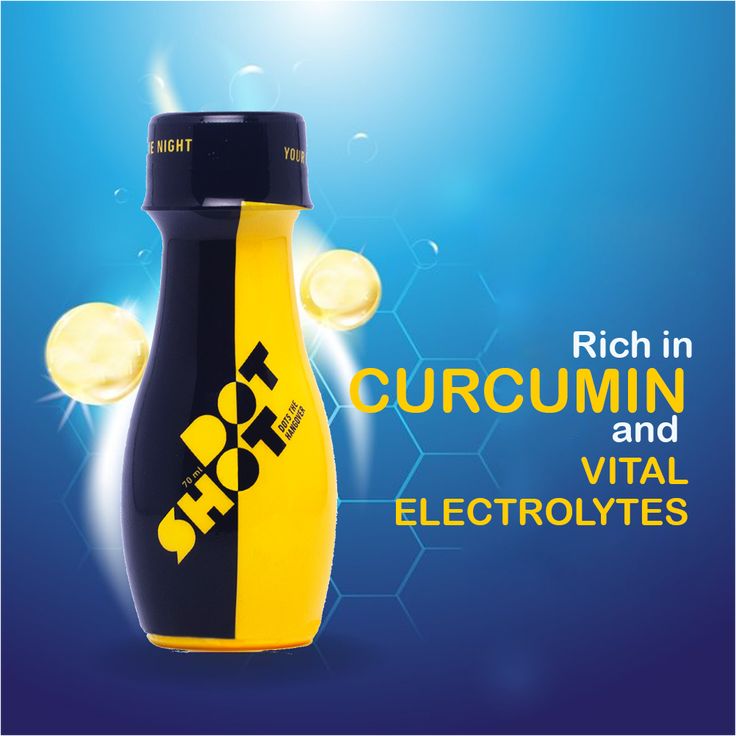
Introduction
In the annals of tragic scientific mishaps, few incidents are as haunting and heart-wrenching as the story of Hisashi Ouchi. His name became synonymous with a catastrophic radiation exposure that pushed the boundaries of medical understanding and ethical dilemmas. Hisashi Ouchi’s ordeal, which unfolded over agonizing months in 1999, remains a stark reminder of the dangers of radiation and the profound human cost of scientific exploration gone awry.
Prelude to Tragedy
Hisashi Ouchi, a technician at the Tokaimura nuclear facility in Japan, found himself at the epicenter of a nuclear disaster on September 30, 1999. Alongside two colleagues, Masato Shinohara and Yutaka Yokokawa, Ouchi was responsible for handling nuclear fuel. A routine procedure went catastrophically wrong when an uncontrolled chain reaction occurred in a tank containing a uranium solution. This led to a sudden burst of neutron radiation, inundating the workers with lethal levels of radiation within moments.
The Fallout
Immediately after the accident, all three men exhibited severe symptoms of radiation poisoning. Hisashi Ouchi, however, bore the brunt of the exposure. His body absorbed an estimated dose of radiation far beyond what was considered survivable. The impact was catastrophic: his internal organs began to fail, his skin blistered and peeled, and his chromosomes were irreparably damaged. Ouchi’s condition quickly deteriorated to a state where conventional medical treatments were rendered futile.
Medical Response and Ethical Dilemmas
The medical team faced an unprecedented challenge. Never before had they encountered such extreme radiation exposure in a living patient. Despite knowing the inevitability of Ouchi’s fate, doctors were torn between their duty to treat and the ethical implications of prolonging his suffering. Intense debate ensued among medical professionals, ethicists, and government officials regarding the continuation of treatment. Ouchi became a reluctant subject of experimental treatments aimed at mitigating the effects of radiation, though hope of recovery was slim to none.
The Human Cost
As weeks turned into months, Hisashi Ouchi’s condition continued to worsen. His body, ravaged by radiation, underwent catastrophic physiological changes. His immune system collapsed, leaving him vulnerable to infections. The pain became unbearable, despite heavy sedation. Throughout this ordeal, Ouchi remained conscious, his mind grappling with the agony of his predicament. His family, thrust into the public eye, pleaded for his suffering to end, questioning the ethics of keeping him alive artificially.
Legacy and Lessons Learned
The case of Hisashi Ouchi sparked global discussions on radiation safety, medical ethics, and the limits of scientific knowledge. It underscored the need for stringent safety protocols in nuclear facilities and prompted revisions in emergency response procedures. The ethical dilemmas faced by Ouchi’s medical team raised profound questions about the boundaries of medical intervention and the rights of patients in dire medical circumstances.
Conclusion
Hisashi Ouchi’s final days were a testament to human resilience and the profound consequences of scientific exploration. His story serves as a poignant reminder of the dual-edged sword of technological progress. While advancements in nuclear science have brought significant benefits to humanity, they also carry inherent risks that demand utmost caution and responsibility. Ouchi’s sacrifice, however unintended, continues to inform and shape our approach to scientific research, medical ethics, and workplace safety.
In revisiting Hisashi Ouchi’s harrowing journey, we are reminded of our shared humanity and the imperative to uphold the highest standards of safety and ethics in scientific endeavors. His legacy endures as a cautionary tale, urging us to tread carefully as we navigate the frontiers of knowledge and innovation.






